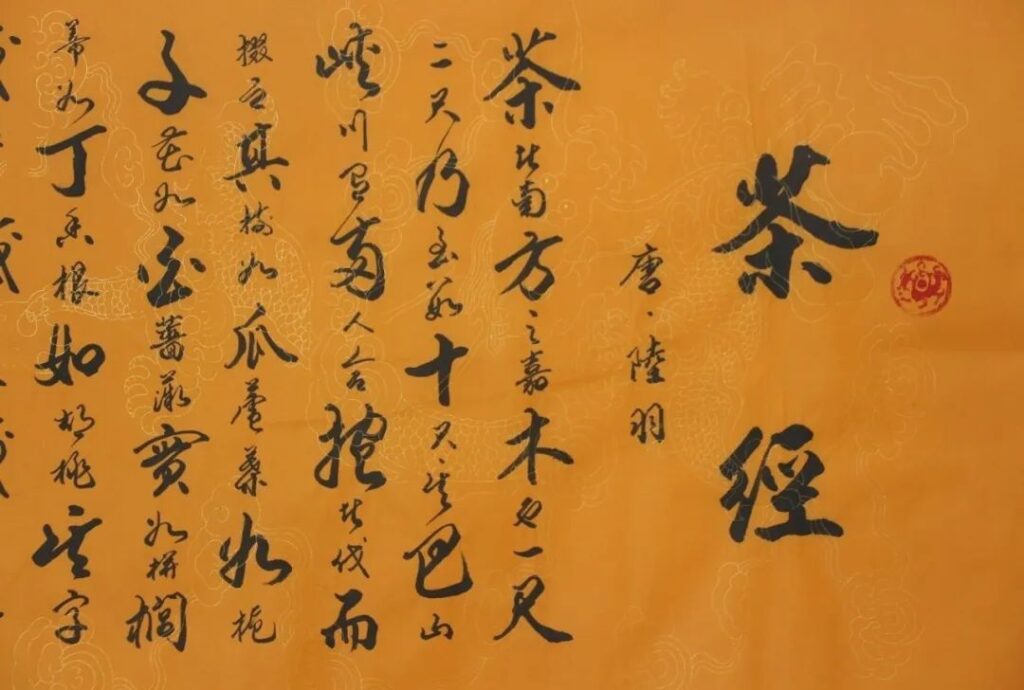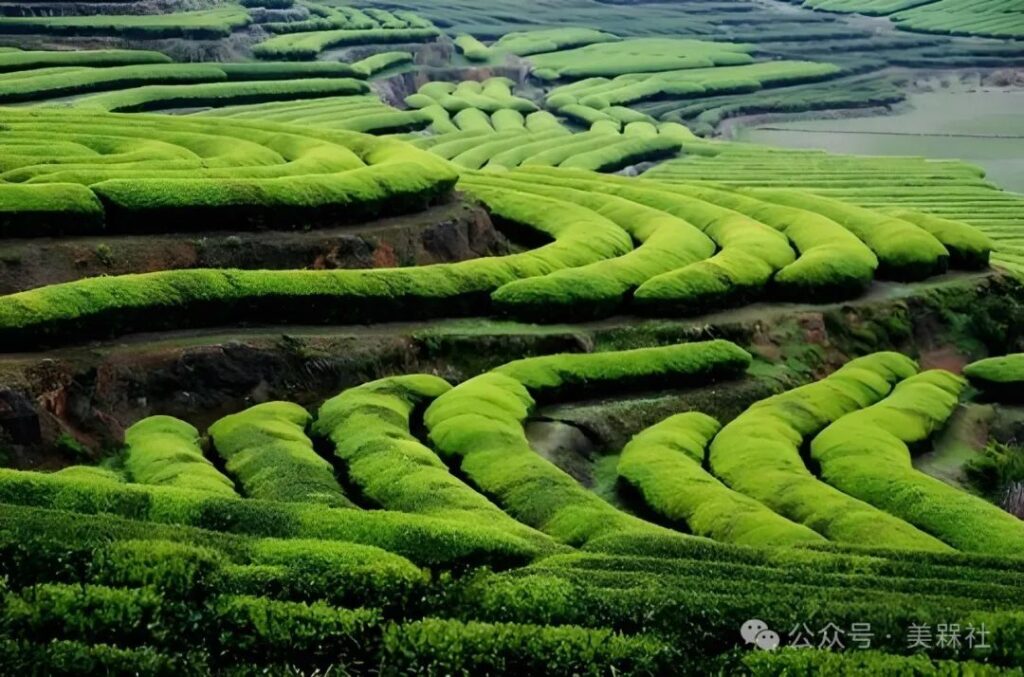Tea culture, with its fragrant leaves and tender buds, carries a legacy of thousands of years of culture and history. Today, let us embark on a journey into the world of tea, experiencing the unique poetry and charm of this tradition.
What is tea culture? It refers to the cultural customs of tea-making and tea-drinking in China. Chinese culture has long been associated with the phrase, ‘When you open the door, you must know seven things: firewood, rice, oil, salt, soy sauce, vinegar, and tea.’ Drinking tea was a common practice in ancient times and an integral part of the daily life of all citizens.
The variety of tea leaves has increased, and the art of brewing tea varies, with tea sets coming in diverse styles, textures, and patterns. From the late Ming Dynasty to the early Qing Dynasty, the refined tea culture re-emerged, with tea-making and drinking not returning to the complexity of the Song Dynasty, but the tea trend had already become prevalent. The resurgence of tea culture’s splendor has seen the way tea is utilized in China go through three stages: medicinal, culinary, and beverage.
The utilization has evolved from directly consuming fresh leaves to processing fresh leaves into dried tea for storage and later use. In modern times, with the increasing variety of tea types and diverse drinking methods, tea has become one of the healthiest beverages popular worldwide. Various tea-themed cultural exchange activities are also widely conducted globally. Six Etiquette Rules for Pouring Tea: (1) Pouring tea to 70% full prevents scalding guests or spilling onto tables and clothing. Pouring tea to 70% leaves room for the remaining 30% of human touch, akin to the saying ‘the friendship between gentlemen is as light as water’ – only a shallow cup of tea allows one to leisurely taste the depth of friendship. (2) Tapping fingers to show gratitude: Younger to elder: Clench all five fingers into a fist, with the palm facing down, and tap the table with all five fingers, equivalent to a full prostration. Three taps are usually sufficient. ② Among peers: Tap the table with the index and middle fingers together, equivalent to a double-fisted salute. Three taps signify respect. ③ Elder to younger: Tap the table with the index or middle finger, equivalent to a simple nod. If particularly appreciating the younger person, three taps can be used. (3) The order of pouring tea: We typically hold the teapot with our right hand, so when serving tea to guests, we should pour from left to right in a clockwise direction. The spout of the teapot should be opposite to the direction of pouring. If one is accustomed to holding the pot with the left hand, then pour in a counterclockwise direction. (4) Refilling tea in a timely manner: While chatting with guests over tea, pay attention to the amount of tea in their cups. When the tea has been consumed halfway, refill the cup promptly. Leaving an empty cup without refilling implies a desire for the guest to leave. (5) Holding the cup posture: Hold the cup with the right hand, with the thumb and index finger pinching the tea bowl, and the middle finger supporting the bottom of the bowl, while the other two fingers are curled inward towards the palm. The tea drinker should sit upright in the middle of a stool or chair, not just on the edge; maintain a stable body weight, with both knees together and legs appearing closed when viewed from the front. (6) Passing the cup posture: Holding the tea cup is typically done with the right hand, with the thumb and index finger pinching the tea bowl, and the middle finger supporting the bottom of the bowl, while the other two fingers are curled inward towards the palm, known as the ‘Three Dragons Guarding the Tripod’. Whether during a busy work break or a peaceful afternoon, brewing a cup of fragrant tea allows one to savor the tranquility and composure, ensuring that Chinese tea culture is passed down through our hands and shines with even greater splendor.

